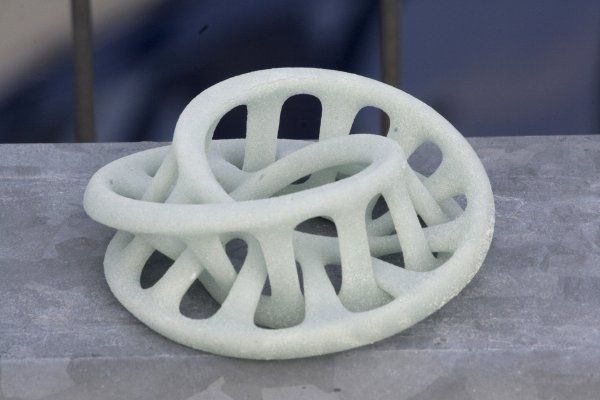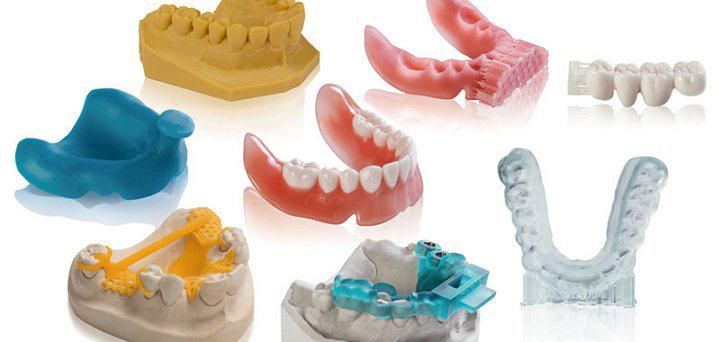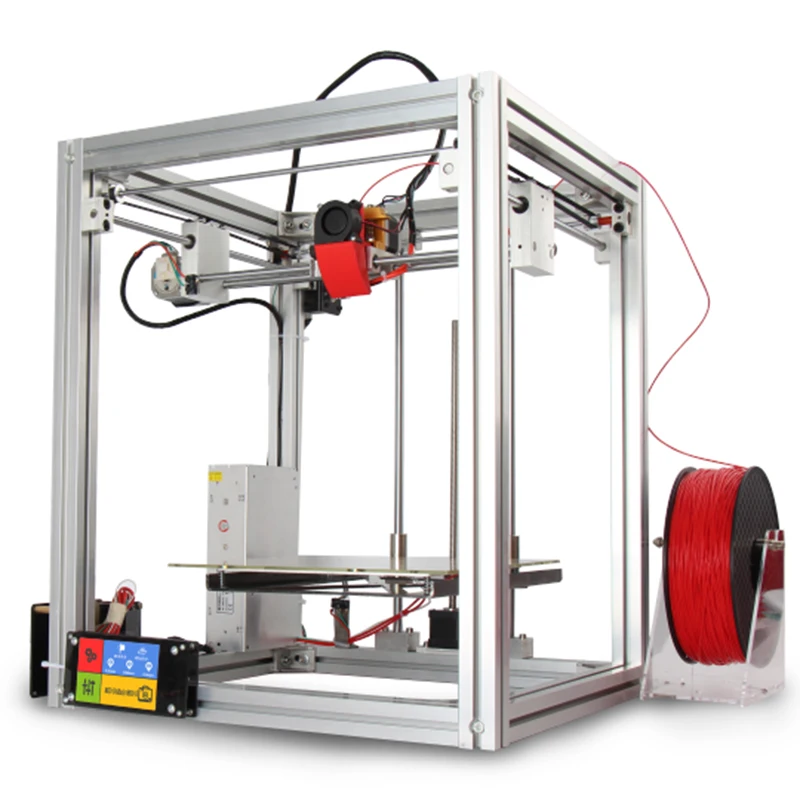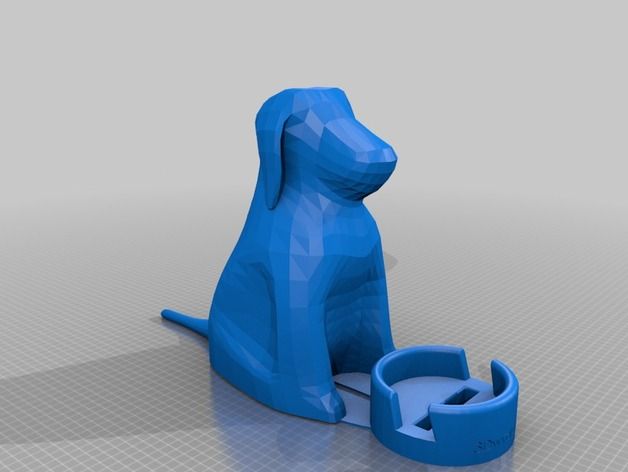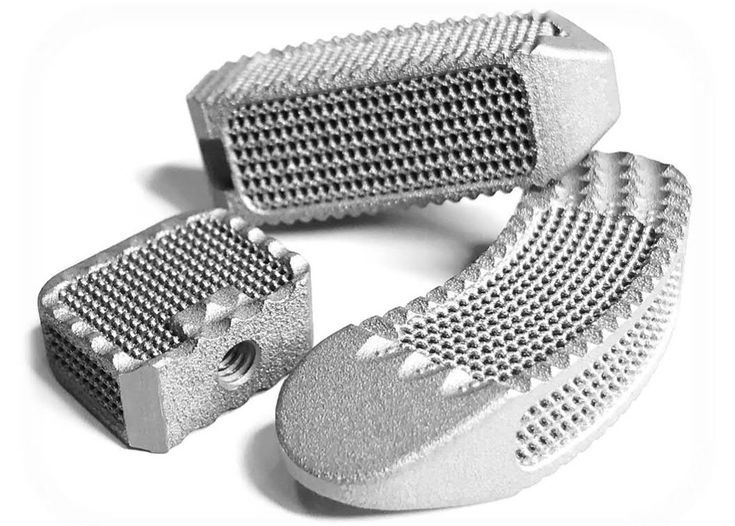Transparent red 3d printer filament
Flashforge Transparent PLA 3D Printer Filament, 1.75mm, 1kg Spool, compatible with most FDM 3D printers.
2023 New Year Sale: up to 61% off. Enjoy your holiday with Flashforge.
- Home
loading
Share the product to
Worry-free warranty
Dedicated support
Fast shipping.Free shipping for items available at USA/UK/AU/EU warehouses.
- Overview
- Parameter
- In the Box
What makes Flashforge PLA Filaments Different?
Flashforge upgraded its filament formulation to minimize filament problems such as warping, curling, and bubbles during the printing. The upgrade also permits longer storage time without any compromise on filament quality. Clear PLA filament, is a hot sale color choice. Make the best use of your Flashforge filament!
Flashforge uses ultra-pure grade material and manufactures filaments in a dust-free workshop where strict quality control standards are followed. Without dust and foreign particles occur during production, our PLA filament printing is extremely fluent and quick. Additionally, we check every roll of PLA filament to guarantee the dimensional accuracy is within +/- 0.02mm. Consistent printing is guaranteed!
Flashforge 1kg Transparent PLA Filaments Parameters:
- PLA Filament diameter: 1.75mm
- N.W.: 1KG
- G.W.: 1.35KG
- Color: Transparent
- Diameter dimensional accuracy: +/- 0.02mm
- Printing temperature: 190~220 ℃
- Printing speed: 60-90mm/s
- Layer height: 0.1~0.2mm
- Density: 1.25±0.05g/cm3
| Shipping Notice | ||
|---|---|---|
| Warehouse | Destination | Delivery Time |
| United States | United States | 3-8 biz days |
| United Kingdom | The UK and most European countries | 3-8 biz days |
| Australia | Australia | 8-15 biz days |
Accessories and some filaments will be shipped separately from the China warehouse.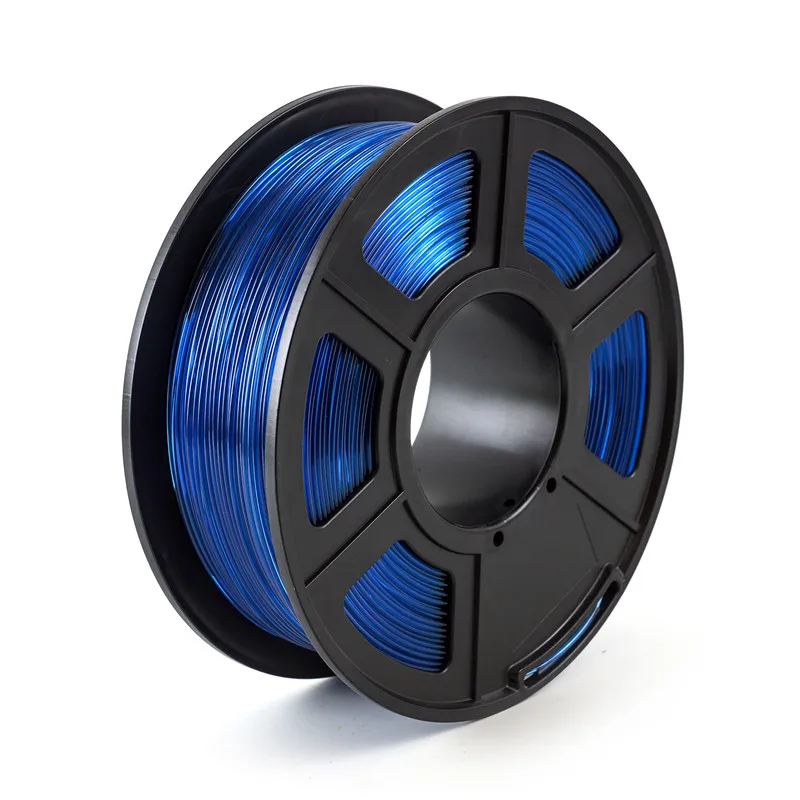 | 10-22 biz days | |
Tech Specifications
| Spool Diameter | 200 mm [7.9 in] |
| Spool Hub Hole | 52 mm [2.1 in] |
| Spool Width | 76 mm [3.0 in] |
| Filament Diameter | 1.75 mm |
| Shipping Weight | 1.5 KG (3.3lbs) |
| Net Weight | 1.0 KG (2.2lbs) |
Comparison between Flashforge PLA, PLA Pro, PLA-CF, ABS, ABS Pro, PETG, PETG Pro, PETG-CF.
| Spec & Print Setting | PLA | PLA Pro | PLA-CF10 | ABS | ABS Pro | PETG | PETG PRO | PETG-CF10 |
|---|---|---|---|---|---|---|---|---|
| Tensile Strength (MPa) | 45-49 | 45.5-49 | 40-45 | ≥43 | ≥53 | 40-45 | 35-40 | 40-43 |
| Flexural Strength (MPa) | 69-75 | 73-76 | 85-95 | 50-55 | 45-50 | 75-85 | ||
| Modulus of Elasticity (MPa) | 1000-1100 | 950-1050 | 1100-1300 | 1000-1100 | 1100-1200 | 2100-2400 | ||
| Elongation @ Break (%) | 13.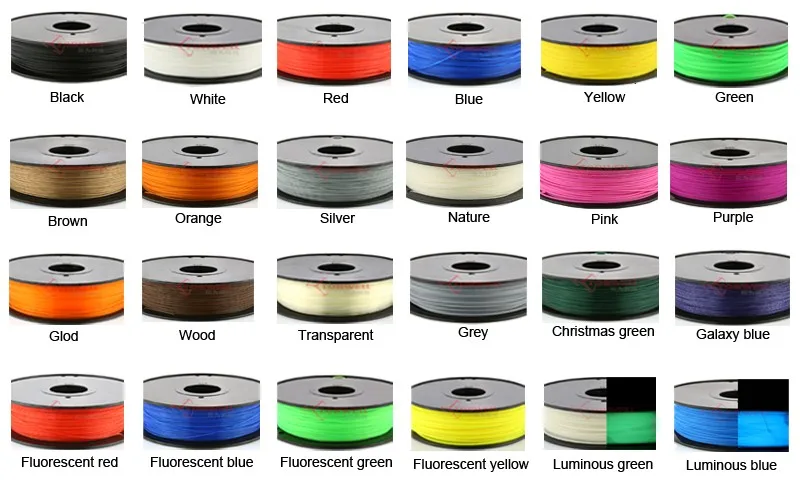 5-15.5 5-15.5 | 14.5-16.5 | 11.5-13.5 | ≥10 | ≥20 | 6.0-8.0 | 6.0-8.0 | 7.5-8.5 |
| Heat Deflection Temp (oC) | 53 | 53 | 60 | 88℃ | 88℃ | 74 | 68 | 70 |
| Nozzle Temp (℃) | 200-220 | 190-210 | 200-230 | 230-250 | 230-250 | 240-250 | 220-240 | 230-250 |
| Bed Temp (℃) | 50-55 | 50-55 | 40-50 | 100-110 | 100-110 | 80-90 | 70-80 | 60-80 |
| Printable with Glass Plate | YES | YES | ! (with glue stick) | ! (with glue stick) | ! (with glue stick) | YES | YES | ! (with glue stick) |
| Printable with PEI Sheet | YES | YES | / | ! (with glue stick) | ! (with glue stick) | YES | YES | / |
| Print in Enclosed Chamber | / | / | / | YES (recommend) | YES (recommend) | / | / | / |
| Print with Hardened Nozzle | / | / | YES | / | / | / | / | YES |
| Dryer Box | / | / | YES | / | / | / | / | YES |
Flashforge Filaments Key Features
| Key Features | PLA | PLA Pro | PLA-CF10 | ABS | ABS Pro | PETG | PETG PRO | PETG-CF10 |
|---|---|---|---|---|---|---|---|---|
| Filament Type | Standard | Standard | Carbon fiber filament | Standard | Standard | Standard | Standard | Carbon fiber filament |
| Food Safe | YES | YES | / | / | / | YES | YES | / |
| Low Warping | YES | YES | YES | / | / | YES | YES | YES |
| High Tenacity | YES | YES | YES | / | / | YES | YES | YES |
| Dissolvable | / | / | / | YES | YES | / | / | / |
| Chemical Resistance | / | / | / | / | / | YES | YES | / |
Your questions will be answered by the users who have purchased this product
May not be greater than 255 characters.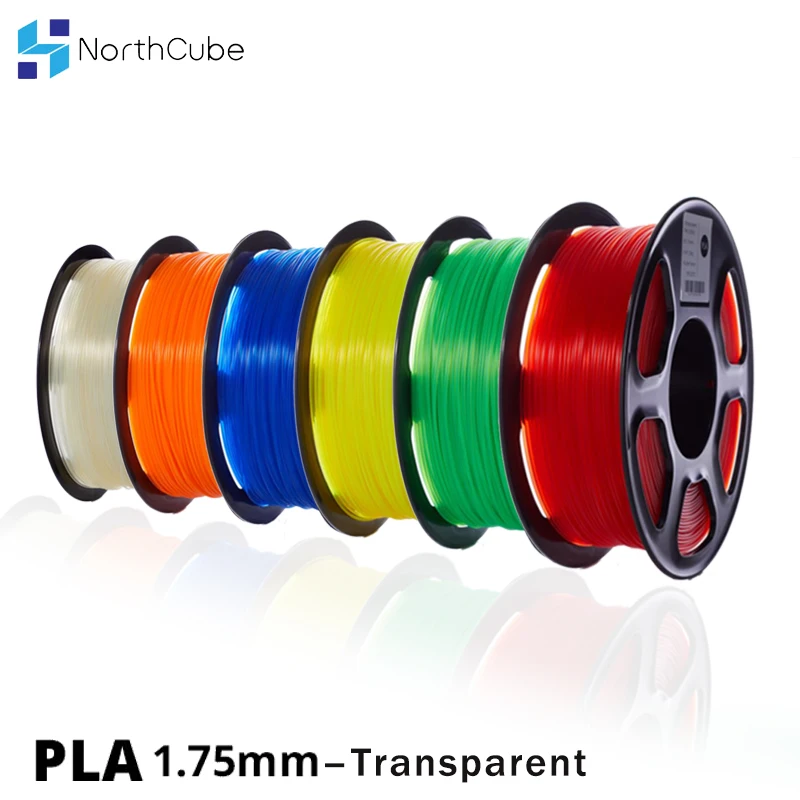
Read All Reviews
FAQ
No questions.
3D Print Transparent PLA Filaments
Sort byRelevanceBestsellersCustomer ReviewsPrice, Low to HighPrice, High to LowNew arrivalsHighest Discount
Filters:
- Transparent
-
3DJAKE ecoPLA - Transparent 6 Model types- Made in EU
- High quality
- Easy to print
-
Fillamentum PLA Crystal Clear Iceland Blue 3 diameters- Variety of colours
- Easy to print
- High precision processing
-
Fillamentum PLA Crystal Clear 2 diameters- Variety of colours
- Easy to print
- High precision processing
-
AddNorth E-PLA Lucent Orange 2 Model types- Easy to print
- Low processing temperature
- Wide range of colours
-
Fillamentum PLA Crystal Clear Tangerine Orange- Variety of colours
- Easy to print
- High precision in production
-
colorFabb PLA / PHA Violet Transparent 2 diameters- High stability
- High quality
- Attractive colours
-
Fillamentum PLA Crystal Clear Kiwi Green- Variety of colours
- Easy to print
- High precision in production
-
Verbatim High Performance PLA Transparent 2 diameters- Free from heavy metals
- Wide range of applications
- No heated building platform needed
-
colorFabb PLA / PHA Red Transparent 2 diameters- High stability
- High quality
- Attractive colours
-
Fillamentum PLA Crystal Clear Emerald 2 diameters- Variety of Colours
- Easy to Print
- High Precision in Production
-
Fillamentum PLA Crystal Clear Amethyst Purple- Variety of colours
- Easy to print
- High precision in production
-
AddNorth E-PLA Lucent Pink 2 Model types- Easy to print
- Low processing temperature
- Wide range of colours
-
AzureFilm PLA Transparent- High strength
- Excellent print quality
- No warping
-
colorFabb PLA / PHA Green Transparent 2 diameters- High stability
- High quality
- Attractive colours
-
R3D PLA Transparent Red- High toughness/strength
- Versatile in use
- No heated bed required
-
R3D PLA Transparent Blue- High toughness/strength
- Versatile in use
- No heated bed required
-
R3D PLA Transparent- High toughness/strength
- Versatile in use
- No heated bed required
-
AzureFilm PLA Red Transparent- High strength
- Excellent print quality
- No warping
-
3DJAKE ecoPLA Refill Transparent- Masterspool standard
- More environmentally friendly
- Minimal warping
-
GEEETECH PLA Clear- Easy printing
- Strict diameter tolerance
- Low shrinkage
-
Spectrum PLA Translucent- Good quality
- Distortion free
- High strength
All prices incl. VAT.
VAT.
Content
-
- Pla
- ABS
- HIPS
- PVA
- Petg
- SBS 9000
Every year 3D printing becomes more popular and accessible. Previously, a 3D printer was more like a complex CNC machine, but now manufacturers are meeting users. Simplified and automated settings that many beginners drove into a stupor. Despite this, it can be difficult for a novice user to understand the variety of constantly appearing plastics for a 3D printer. nine0003
The choice of plastic for a 3D printer is very important, especially when the goal is to print a functional model with certain properties. It will be a shame if the printed gear breaks almost immediately, or the decorative model quickly loses its beauty.
It is important to understand whether the printer will be able to work with the selected plastic. Some materials (most often engineering) require certain conditions for successful printing.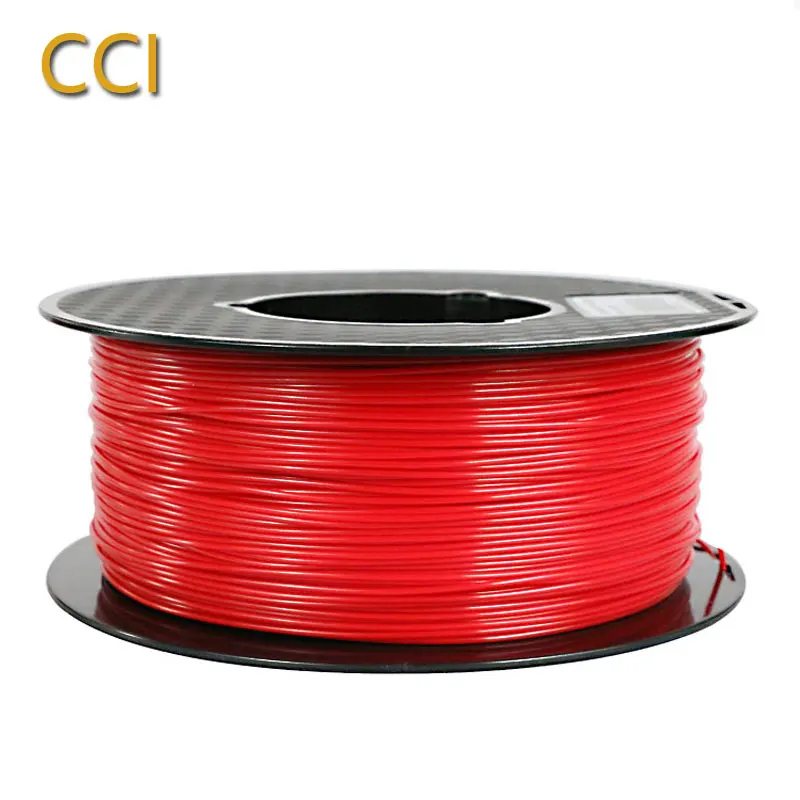
First, decide which model you want to print. What properties should it have? Does the model need to be durable? Or is it a master model for further replication, in which the quality of the surface is important? nine0003
90% of 3D printers use 1.75 diameter filament. 3mm diameter is rare, but it is better to check in advance which size is used in your printer.
PLA
PLA (Polylactide) is the most popular and affordable 3D printer plastic. PLA is made from sugar cane, corn, or other natural raw materials. Therefore, it is considered a non-toxic, biodegradable material.
Extruder temperature - 190-220 degrees. Table heating is not needed, but if the printer's table has a "heater" for better adhesion, you can heat it up to 50-60 degrees. PLA is very easy to work with. The only requirement is to blow the model. There is practically no shrinkage in this material. When printed, it is practically odorless, and if it smells, it smells like burnt caramel.
Pros:
-
Does not shrink. This makes it easy to build prefabricated or huge models without changing dimensions. nine0003
-
There are no specific requirements for a 3D printer. Any working 3D printer will do. PLA doesn't need a heated table or a closed case.
-
Non-toxic. Due to this, during printing it does not smell or has a barely perceptible aroma of burnt caramel.
-
Diverse color palette.
nine0051 Cons:
-
PLA is poorly sanded and machined.
-
It begins to deform already with a slight heating (about 50 degrees).
-
Fragility. Compared to other materials, PLA is very brittle and breaks easily.
-
Decomposes under the influence of ultraviolet radiation. Of course, it will not fall apart into dust, but it can become more brittle and fade. nine0003
PLA is perfect for making dimensional or composite models. For example, decorative interior items, prototyping, electronics cases, etc.
For example, decorative interior items, prototyping, electronics cases, etc.
Recently, PLA+ has appeared on the market. It may differ from conventional PLA in improved performance. For example, more durable, with improved layer adhesion.
Dummy turbine
Decorative coasters
ABS
ABS (acrylonitrile butadiene styrene) is the second most popular plastic for 3D printing due to its properties, availability and low price.
Extruder temperature - 220-240 degrees. The temperature of the table is 80-100 degrees. For printing, a heated table is required at the printer. It is desirable to have a closed chamber, because ABS "does not like" drafts. Due to a sharp temperature drop, it can “unstick” from the table or crack in layers. ABS can smell bad when printing, so it is recommended to use the printer with a closed chamber and filters, or print in a well-ventilated area.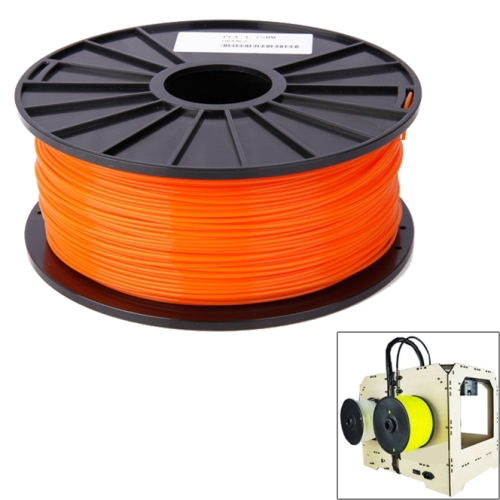 nine0003
nine0003
Pros:
-
Good strength characteristics allow the production of functional prototypes from ABS.
-
Simple mechanical and chemical processing. ABS is easy to sand and drill, and with an acetone bath you can achieve a perfectly smooth surface.
-
It is currently the most inexpensive type of plastic for 3D printing. nine0003
-
Large selection of colors and shades.
Cons:
-
High shrinkage. Because of this, it can be problematic to manufacture overall products.
-
Printing requires a heated bed and a closed chamber. Without this, the ABS may peel off the table or crack in layers.
nine0008 -
During the printing process, ABS can smell bad. Therefore, it is recommended that you print in a ventilated area or use the printer with a sealed chamber and filter.
ABS is an engineering plastic. It is suitable for the manufacture of simple functional products.
It is suitable for the manufacture of simple functional products.
ABS after chemical treatment in an acetone bath
nine0003
RU model made of ABS
ABS+ differs from conventional ABS in improved strength characteristics (elasticity, rigidity, hardness), less shrinkage and sometimes resistance to certain oils and solvents (eg gasoline).
HIPS
HIPS (high impact polystyrene) - originally conceived as a soluble support plastic for materials with high printing temperatures. For example for ABS or Nylon. nine0003
The extruder temperature is 230-260 degrees. The temperature of the table is 80-100 degrees. It is desirable to have a closed camera for a 3D printer.
Pros:
-
Less shrinkage than ABS.
-
Ease of machining.
-
The matte surface looks very advantageous on decorative products.
 nine0003
nine0003 -
Food contact allowed (but be sure to check with a specific manufacturer for certificates)
Cons:
-
For printing, you need a printer with a heated table and a closed chamber.
-
More flexible and less durable than ABS. Because of this, it will not be possible to produce functional products. nine0003
-
Small palette of colors.
Most often, HIPS is used for its intended purpose for printing on 2x extruder printers as a support for ABS. It dissolves perfectly (though not very quickly) in limonel.
Sometimes HIPS is used as an independent material. Products from it are not very durable, but this plastic is loved for easy post-processing. HIPS can be used for models that will subsequently come into contact with food (not hot). nine0003
Using HIPS as a Soluble Support
Decorative vase made of HIPS
PVA
PVA (polyvinyl alcohol) is a material that was developed as a water-soluble support for PLA.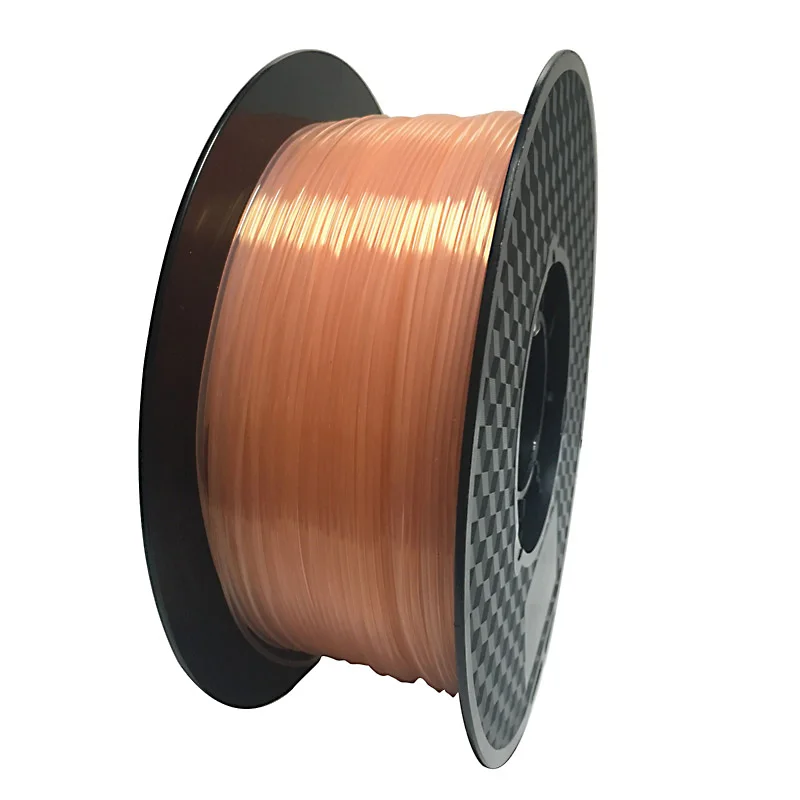
Extruder temperature - 190-210. Table heating is not required. PVA is a slightly "capricious" material, it is not recommended to overheat it and print at high speeds. nine0003
PVA is very hygroscopic and dissolves in plain water. Therefore, it is only used as a support for PLA or other plastics with print temperatures close to PVA.
Soluble PVA Support
Add to compare
Item added to compare Go
| Manufacturer | Tiger3D | nine0265
Add to compare
Product added to compare Go
| Manufacturer | Tiger3D |
Add to compare
Product added to compare Go
| Manufacturer | Esun |
Add to compare
Product added to compare Go nine0003
| Manufacturer | Esun |
PETG
PETG (polyethylene terephthalate) combines the best properties of PLA and ABS.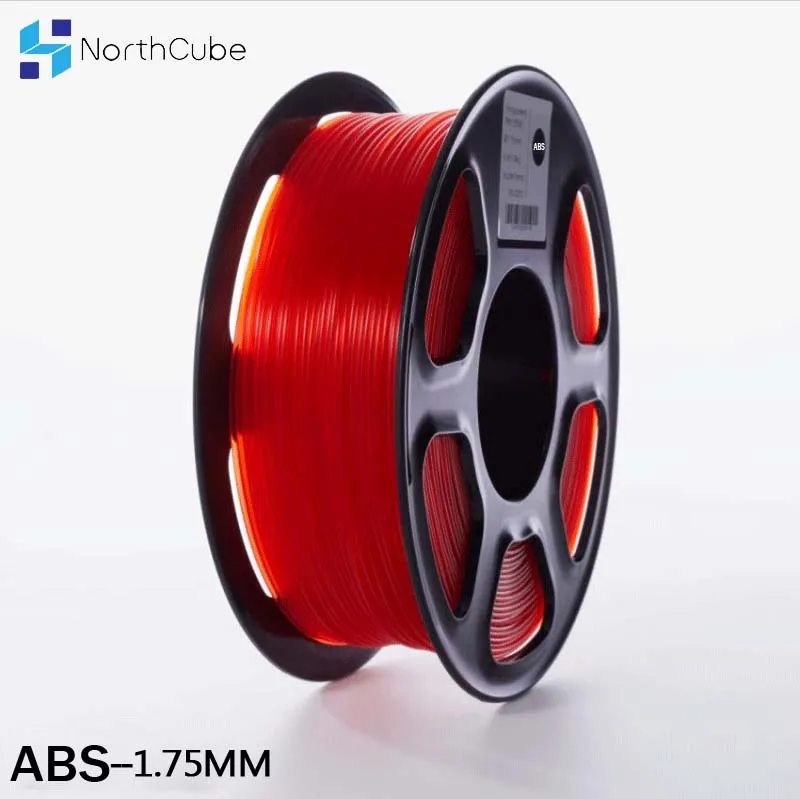 It is easy to work with, it has a low percentage of shrinkage and excellent sintering of the layers.
It is easy to work with, it has a low percentage of shrinkage and excellent sintering of the layers.
Extruder temperature - 220-240 degrees. Table temperature - 80-100 degrees. During the printing process, the model must be well blown.
Pros: nine0003
-
Excellent sinterability of layers.
-
PETG is very strong and wear resistant. Good impact resistance.
-
Virtually no smell when printing.
-
Non-toxic.
-
Little shrinkage.
nine0029 -
slight shrinkage
-
Transparency. After treatment with solvent, limonel or dichloromethane, beautiful transparent products with an almost smooth surface can be obtained.
nine0005 -
Allowed contact with food.
-
High strength and wear resistance.
nine0008 -
High slip factor.
-
Heat resistance compared to other 3D printing plastics.
-
High resistance to many solvents.
-
Good for mechanical processing.
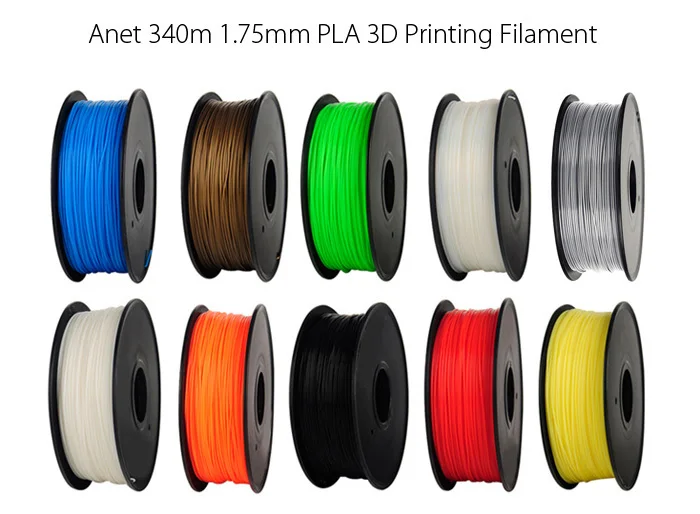 Perfectly polished and drilled.
Perfectly polished and drilled. -
Some fillers (eg clay) are abrasive. For such plastics, the standard brass nozzle cannot be used. Will have to buy a harder steel nozzle.
-
Some decorative plastics can clog the small nozzle (0.4 or less). For them, you need to use a “thicker” nozzle. nine0003
-
Hardness and strength.
-
Low flammability or non-combustibility.
-
High precision due to low shrinkage.
nine0029 - Description
- Details
- Origin of goods
- Reviews (0)
-
Quick view
-
Quick View
-
Quick View
- U3Print, PETG
- BYN 57.
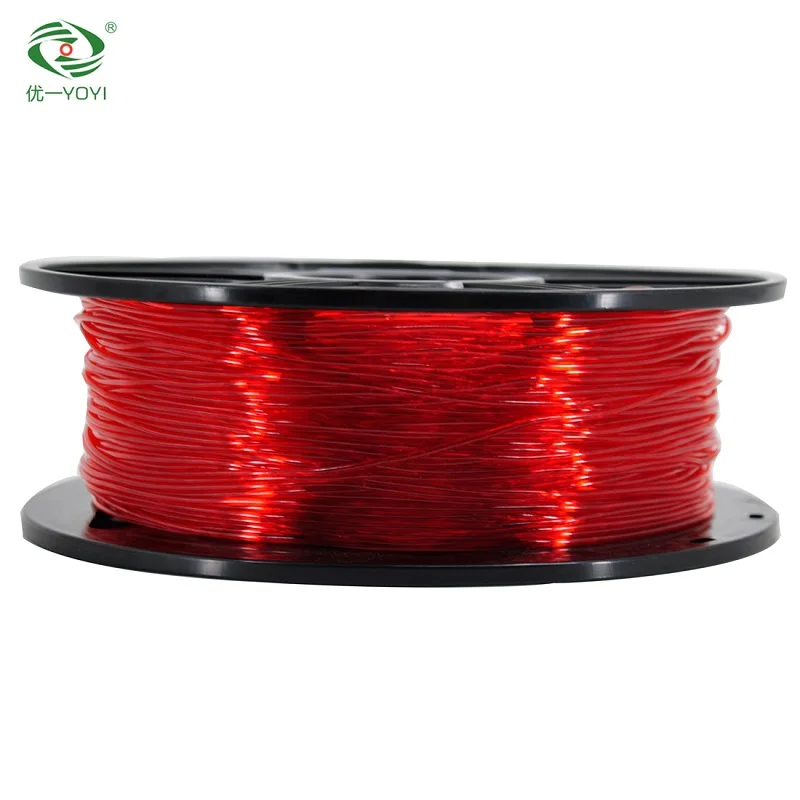
Learn more
-
Cons:
PETG is perfect for printing functional models. Due to its low shrinkage, it is often used to make large or composite models. Due to its low toxicity, PETG is often used for products that will come into contact with food.
Cookie cutters and patterned rolling pin
SBS
It is a highly transparent material. At the same time, it is durable and resilient.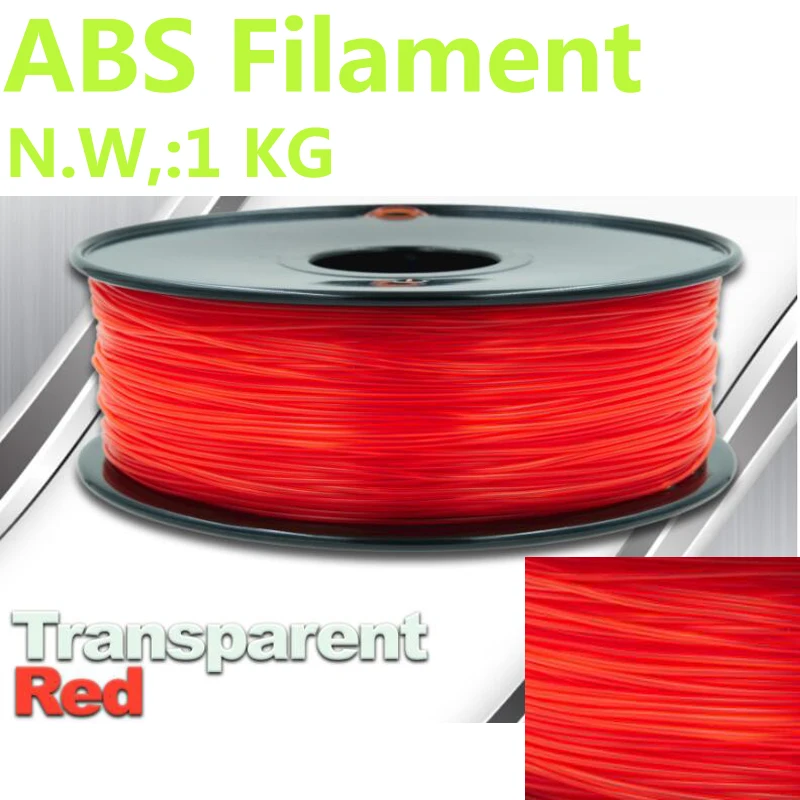 SBS is a low toxicity plastic. It can be used to print food contact models. nine0003
SBS is a low toxicity plastic. It can be used to print food contact models. nine0003
Extruder temperature - 230 -260 degrees. Table temperature - 60-100 degrees. You can print without the closed case on the printer.
Pros:
Easily processed mechanically or chemically.
Cons:
SBS is excellent for translucent vases, children's toys and food containers. Or functional things that require transparency, such as custom turn signals for a motorcycle or car, lamps or bottle prototypes. nine0003
Vases are perfectly printed with a thick nozzle (0.7-0.8) in one pass (printing in 1 wall or spiral printing in a slicer).

Models of bottles after chemical treatment
Nylon
Nylon (polyamide) is considered the most durable material available for home 3D printing. In addition to good abrasion resistance and strength, it has a high slip coefficient. nine0003
Extruder temperature - 240-260 degrees. The temperature of the table is 80-100 degrees. Nylon is a very capricious and hygroscopic material - it is recommended to dry the coil with plastic before use. For printing, you need a printer with a heated table and a closed chamber, without this it will be difficult to print something larger than a small gear.
Pros:
nine0051 Cons:
Nylon is perfect for making wear-resistant parts - gears, functional models, etc. Sometimes nylon is used to print bushings.
Nylon gear
Add to compare
Product added to compare Go
| Manufacturer | Tiger3D |
Add to compare
Product added to compare Go
| Manufacturer | Tiger3D |
Add to compare
Product added to compare Go
| Manufacturer | Esun |
Add to compare
Product added to compare Go nine0003
| Manufacturer | Bestfilament |
Soft plastics
FLEX (TPU, TPE, TPC) is a material similar to silicone or rubber. It is flexible and elastic, but at the same time tear-resistant. For example, TPE is a rubbery plastic, while TPU is more rigid.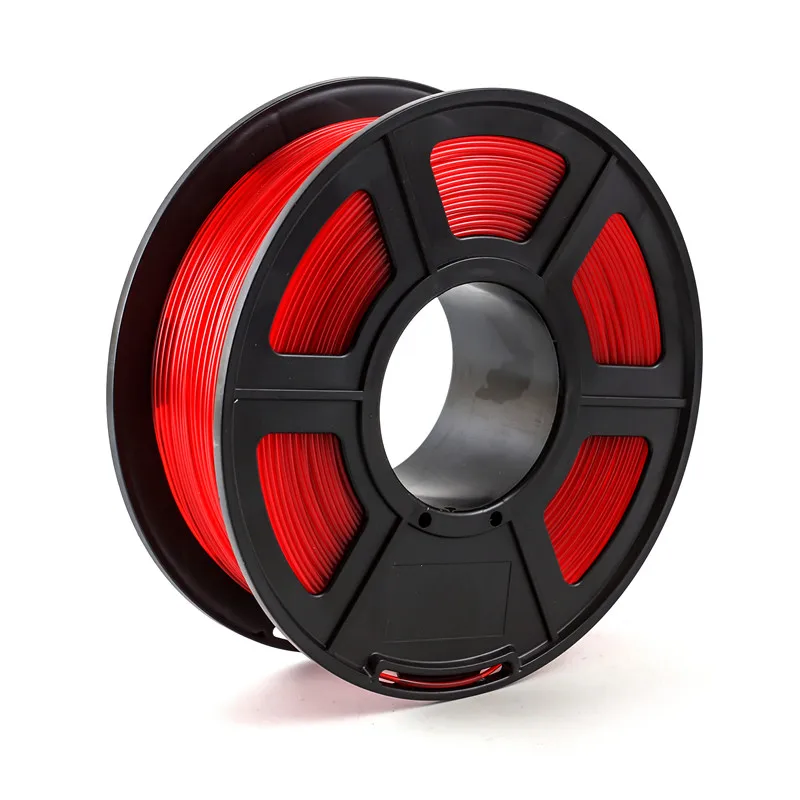
FLEX are printed at a temperature of 200-240 (depending on the material). A heated table is not required. On printers with direct material feed (feed mechanism on the print head), there are usually no problems with printing. On a bowden feeder (the feed mechanism is located on the body), printing with very soft plastics can be difficult. Usually it is necessary to additionally adjust the clamping of the bar. The main nuance is the very low print speeds - 20-40mm. nine0003
Pros:
Cons:
Depending on the type of FLEXa, the models can be flexible or rubber-like. This material, depending on its softness, can be used to print gaskets, insoles, belts, tracks or other models that require flexibility or softness.
FLEX belt
nine0102 Trainers with flexible soles
Wheel for switchgear model
Decorative plastics
Decorative plastics are PLA plastics with various fillers (wood or metal shavings).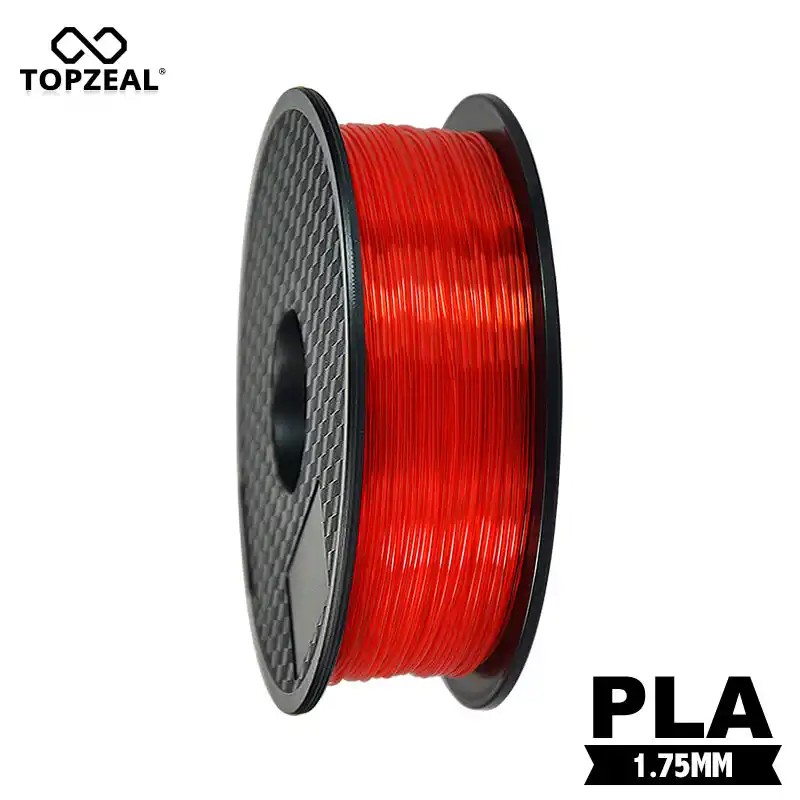 Or with dyes selected to imitate different materials. Since the base of the plastic is PLA, it is very easy to print.
Or with dyes selected to imitate different materials. Since the base of the plastic is PLA, it is very easy to print.
Extruder temperature - 200-220 degrees (depending on the manufacturer). A heated table is not required. nine0003
Pros:
Cons:
Depending on the filler, different material properties are obtained. Plastics that use only dye do not require additional processing. Materials with "fillers" may sometimes require additional post-processing.
Plastics with metal fillers after printing must be processed with a metal brush. Then the Metal content will show through and the model will resemble a metal casting.nine0043
Plastics with metallic powder
These plastics are often used for printing key chains, decorative models and interior details.
If the plastic has a high content of wood dust, then it is recommended to use a larger nozzle diameter (0.5 or more), a smaller nozzle can quickly become clogged during printing.
Wood-filled plastic ground
Plastic key rings with copper dust
Engineering plastics
These are nylon-based plastics with fillers that improve strength, heat-resistant and other characteristics, help to achieve less shrinkage of the material. For example - carbon fiber, carbon fiber or fiberglass.
Extruder temperature - 240-300 degrees (depending on the manufacturer). Table temperature - 90-110 degrees. Since plastics are based on nylon, the requirements for printing are similar. This is a heated table and a closed printer case.

Pros:
Cons:
3D printers use brass nozzles, some plastics can quickly “waste” it during printing. For such materials it is recommended to use steel nozzles.
These are highly specialized plastics used for a specific task, depending on the filler. For example, functional parts that do not lose their shape when heated, are resistant to many solvents, etc. nine0003
Functional Carbon Fiber Composite Prototype
Composite frame
Polycarbonate ashtray
Totals
This is of course not the whole list of materials for 3D printing. There are many highly specialized engineering and decorative plastics for specific tasks.
nine0003
Manufacturers are constantly trying to replenish the range of materials for 3D printing. Already familiar materials are improved for more comfortable printing. There are many interesting decorative plastics imitating different materials - ceramics, clay, wood, metals.
And of course, the assortment of engineering plastics is constantly updated. Now there are many interesting materials for highly specialized tasks - for example, burnable plastic with a low ash content for subsequent casting in metal. nine0003
Burnout plastic
Before buying a coil, read the information on the website of the manufacturer or seller. There you can find some nuances of printing for a particular plastic. The manufacturer indicates the recommended temperature range on the box. Sometimes, for quality printing, it is recommended to print several tests to adjust the temperature settings, retract, etc.
Try to store the started coil in silica gel bags.
It is recommended to additionally dry high-temperature plastics before printing to remove excess moisture. nine0003
Add to compare
Product added to compare Go
Manufacturer Tiger3D Add to compare
Product added to compare Go
Manufacturer Esun Add to compare
Product added to compare Go nine0003
Manufacturer Esun Add to compare
Product added to compare Go
Manufacturer FlashForge PLA plastic for 3D printer U3Print RED COPPER (Red copper) 1kg 1.75mm
PLA plastic for 3D printer U3Print RED COPPER (Red copper) 1kg 1.75mm
135.00 BYN
This PLA is mixed with very finely ground and evenly dispersed copper into a polymer matrix. You can create an art object with the visual properties of a real red copper object.

Available
Product quantity PLA plastic for 3D printer U3Print RED COPPER (Red copper) 1kg 1.75 mm
Article: u3-art-pla-red-copper Categories: U3Print, PLA (polylactide), Decorative, Composites Tags: art, PLA, red copper, u3print, decorative
Description
U3 PLA RED COPPER
This PLA is mixed with very finely ground and evenly dispersed copper into a polymer matrix. You can create an art object with the visual properties of a real red copper object. nine0003
PLA plastics from U3Print are perfect for printing on open 3D printers. are not sensitive to drafts, have excellent adhesion to the printing table, do not emit harmful substances during printing.
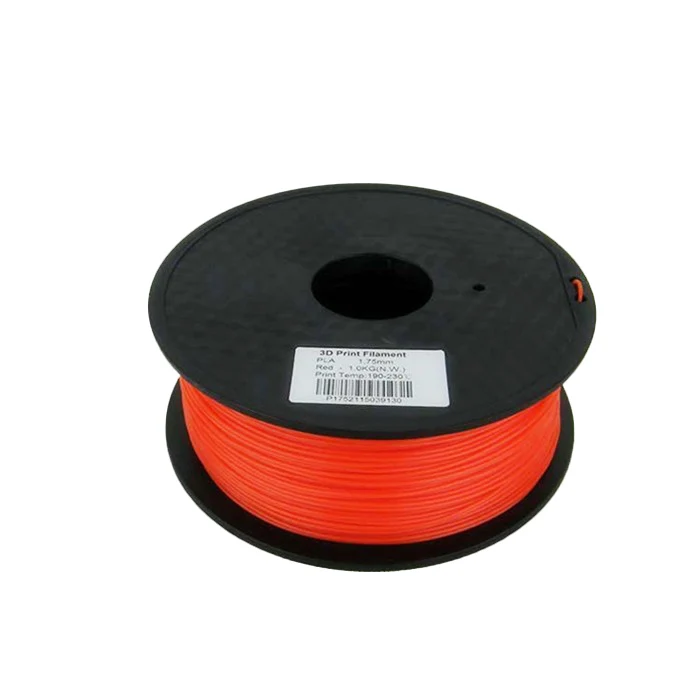
Brand U3Print View U3Print© High Quality Professional Heads Material PLA based compound filled with tiny copper particles nine0265Purpose Decor Country of origin Russia Weight kg 1 kg Thread diameter, mm 1.75 Tensile modulus, MPa 992.8 Tensile strength, MPa 57 Tensile strength, MPa 57 Drying no Shore D 81.5 Deformation temperature, °С – Impact strength, kJ/m2 19.38 Elongation at break, % 6.9 Tensile elongation, % 6.9 Shrinkage low Recommended print speed mm/s nine0261 25-50Recommended temperature of the heated area, °С 50-55 Recommended extruder temperature, °C 210-220 SPECIFICATIONS PRINT OPTIONS Our advice.
After long-term storage in unsealed packaging, we recommend drying the plastic before use for several hours at a temperature of 40-50 degrees. nine0003
To minimize the risk of nozzle clogging, for PLA printing with U3Print RED COPPER it is recommended to use nozzles with a diameter of 0.5-0.6 mm , Leningradskoe shosse, 88 km, bldg. 118B, Klin, Moscow region, Russian Federation
Importer in the Republic of Belarus:
IP Shalashenko Evgenia Alexandrovna
Legal address: 222728, Minsk region. Dzerzhinsky district, Shatili village, st. Central, 4Only registered customers who have purchased this item can post reviews.
You might also be interested...


